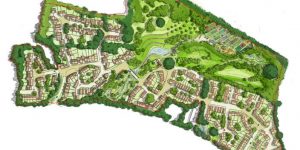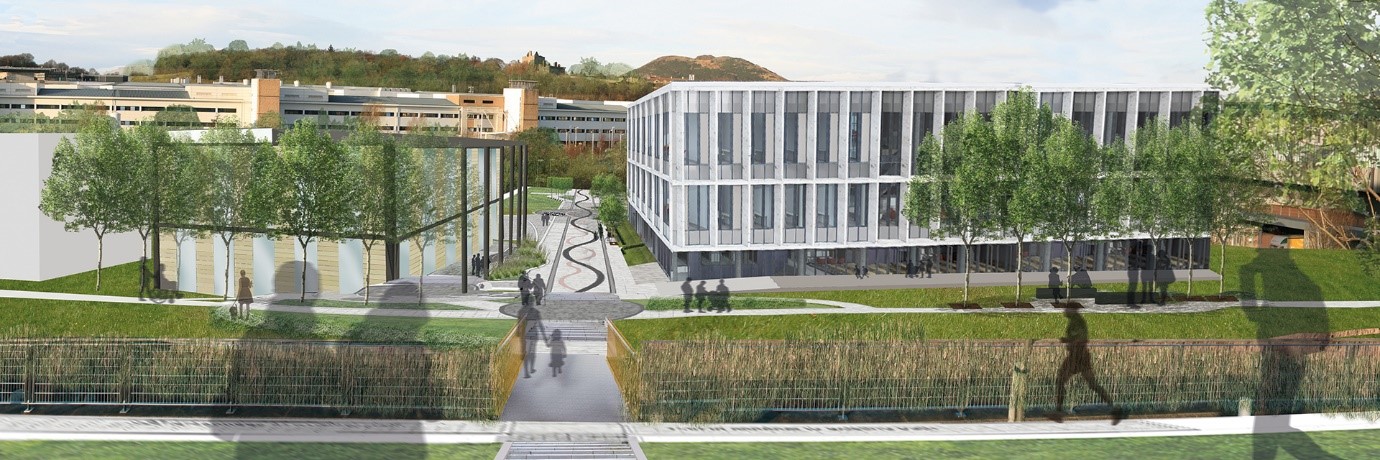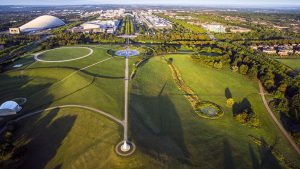The Hidden Value of a Landscape Visual Impact Assessment
The Hidden Value of a Landscape Visual Impact Assessment
A Landscape Visual Impact Assessment (LVIA) is a tool that you may not have considered while working towards your current planning application. Below are thr ee key benefits of a Landscape Visual Impact Assessment:
ee key benefits of a Landscape Visual Impact Assessment:
Environmental
LVIA’s are synonymous with wind turbine and solar panel developments – they have often been used to display the placement of these developments, as a superior way of presenting the visual impact to the public. n addition an LVIA will show other environmental factors. Statistically, road developments are ‘the single most destructive element’ as they can potentially cause animals to lose access to water or nesting areas. If you were developing through a wooded or natural area, an LVIA would visually outline the possible impacts on wildlife, which may not appear on a standard traditional plan.
Social
When individuals are opposed to environmental upgrade developments, 50% object solely because of their attitudes towards the ‘perceived unity of the environment or the personal attitude towards the effects of wind turbines on landscape aesthetics.’ An LVIA uses landscape visualisation to show the exact changes that will affect the landscape near to a development. By having a visual representation, it is both easier for individuals to discuss their objections to a development, and, following on from that, for a compromise to be reached.
Economic
An LVIA has the advantage of giving you the chance to explore multiple options or consider multiple options for a development. Would, for example, your development look different with six homes instead of four? How would the spacing be affected? A detailed LVIA lets you explore these multiple options in a visually engaging way.
LVIAs are essential to any development application, If you require any further information phone ProHort Limited on 01782 4769 479.


